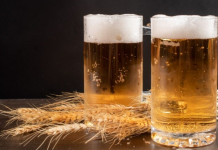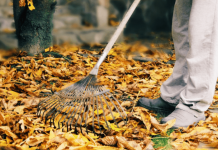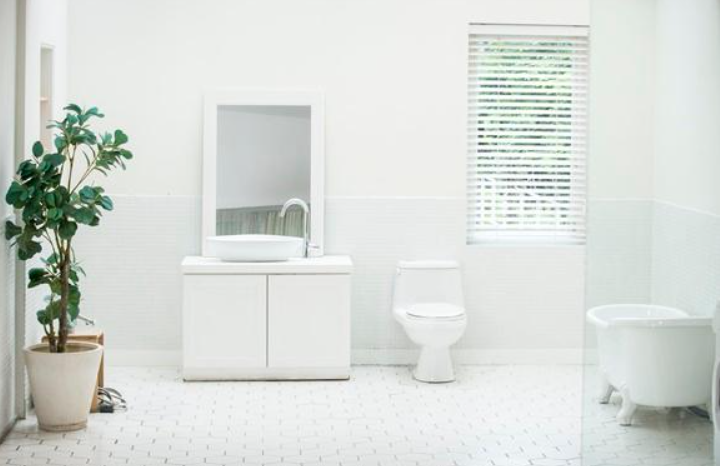A nonstick frying pan has become a great option for cooking. Its protective properties have appealed to many housewives.
Nonstick coatings on baking molds, cookware and utensils are created in different ways, and the longevity of nonstick coatings is largely up to the user. While some manufacturers recommend special use and care, others may recommend against use altogether, these mixed recommendations can be very confusing, but basic care and use tips can extend the life of your pans and appliances.
The benefits of nonstick pans, cookware, and baking pans

- With a little care, you can enjoy your nonstick pan for a long time. These cookware and baking molds tend to be very affordable, easy to handle, easy to clean and easy to drain.
- This type of coating requires less oil when cooking, making it a good health choice. It can be argued that nonstick pans are more convenient to use than other types of cookware and baking molds.
- Simply put, nonstick coating saves time for busy cooks and bakers. There are many sizes and styles of baking pans and nonstick coated pans on the market.
Note on the quality and price range of nonstick pans

The price range for nonstick coated pans is quite wide as manufacturers use different processes and ingredients to make cookware for cooking and baking.
Some manufacturing processes tend to be more durable than conventional pans, but are much different than standard nonstick coatings, such as anodized pans, which are more expensive to produce. Considered the most expensive type of cookware, nonstick coated pans can have a price that is comparable to other types of cookware.
Generally, a high price does not guarantee a long life when it comes to durable pans. Hard anodized ceramic coated pans tend to have a durable cooking surface. However, the cheapest frying pan does not necessarily have the shortest service life.
Using nonstick coatings is a treat that can extend or shorten the life of your frying pan. To make your pan last longer, use a few basic care tips and enjoy these types of cookware and baking pots.
At some point, your nonstick skillet will need to be replaced – the paint will wear off over time. The lifespan depends on how often you use the pan, the quality of the coating, and its care.
How to protect yourself from the harms of nonstick coatings – Thermolon

Although concerns have been raised in the past about the health and safety risks of nonstick coated pans, manufacturers have quickly revised their materials to comply with nonstick coating safety recommendations.
This means that the chemicals released when nonstick coated cookware is heated are within acceptable safety standards. Today’s manufacturers emphasize that cookware is safe to use and meets safety guidelines.
The safety issue is the leaching of harmful chemicals that may have entered the food when the pan is heated to a high temperature. When used properly, unlabeled cookware is not a health hazard. Even microscopic chemicals can pose a hazard to the more vulnerable. Using such cookware is everyone’s personal choice.
Not all manufacturing processes use hazardous materials. Some nonstick pans have hard anodized coatings. Ceramic-based coatings, such as Thermolon, do not emit these harmful chemicals and are considered a greener choice.
To ensure safety regulations are followed, only use the pan on a low flame. If overheated, the pan’s coating will be damaged and begin to peel off.
How not to damage a nonstick pan

Some manufacturers claim that metal utensils can be used for pans. Honestly, not all metal tools are the same. Some have rough or sharp edges that can damage the pan.
Rely on safety and always use plastic (without rough edges), wooden spoons or heat-resistant silicone pans, spoons and spatulas. Take care of your coating.
If the coating has minor scratches or nicks, food will stick to it and, over time, the coating will begin to peel off. Using safe tools will greatly extend the life of your frying pan.
How to save oil in a nonstick pan

Some pans say or advertise that no oil is required, but using a little oil, margarine, or butter will help prevent food from sticking. Do not use cooking spray oil, as it usually contains additives that are too aggressive for the nonstick coating.
However, there are high-quality non-stick pans, especially non-ceramic tempered pans, and you don’t even need to add oil to them. Even the best frying pans lose their nonstick properties over time because small food residues can damage the coating.
So what should you do with your frying pan? Extend the life of the coating and don’t use an oil spray.
Recommendations for the care of nonstick pans

- Use a medium heat;
Always use a nonstick skillet or moderately heated skillet. Most coatings cannot withstand high temperatures, even at the beginning of cooking. Some ceramic-based cookware can add some heat to meat, but you should avoid prolonged high heat. Usually when the oil starts to burn, the temperature gets too high. - Do not store food in pans without holes;
Non-stick frying pans are not food storage containers. After cooking, do not rush to transfer food to storage containers. Sour foods can damage the coating if left on the pan for an extended period of time. - Avoid sudden temperature changes;
Allow pristine pans or baking molds to cool completely before submerging them in water. Abrupt temperature changes can deform the pan, which can subsequently affect the quality of cooking and also damage the perforated coating. - Always wash non-stick pans by hand;
Detergents are too aggressive for non-stick coatings. Hand wash with soap and water in hot, soapy water, rinse well before washing, and dry thoroughly before storing.
Use a plastic scraper, sponge, or dish cloth to clean the pan. Never use aggressive cleaners or scrapers with built-in detergents. Non-stick pans are usually quick and easy to clean and require little to no cleaning. Remove any food debris that may subsequently bake and damage the coating.
If pieces of plastic have started to fall off the pan, it may be a sign that it’s time to buy a new pan and not risk absorbing harmful chemicals.







Some times its a pain in the ass to read what website owners wrote but this site is very user genial! .